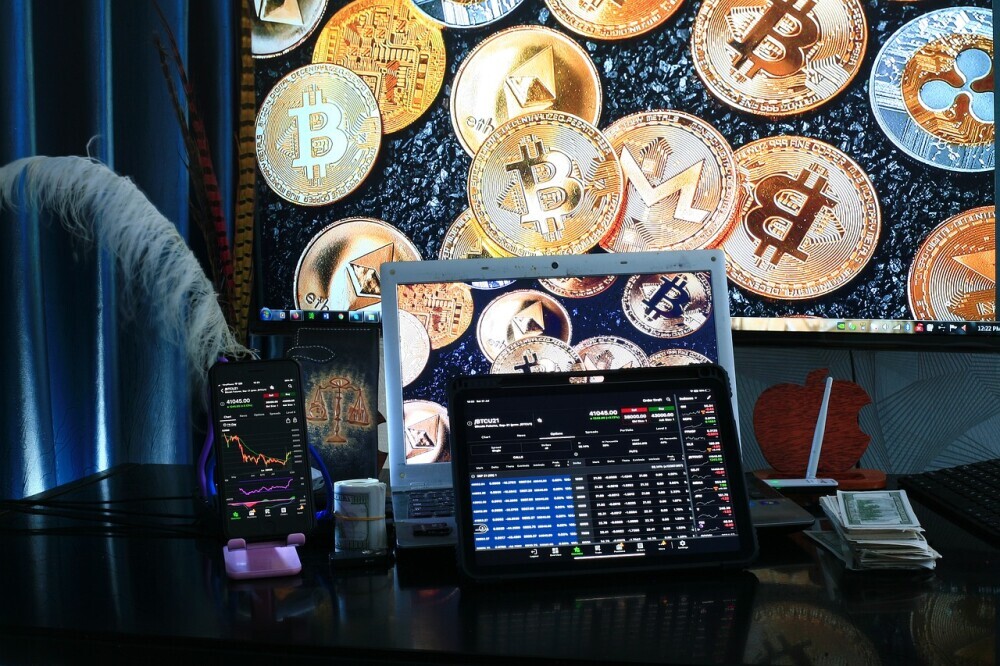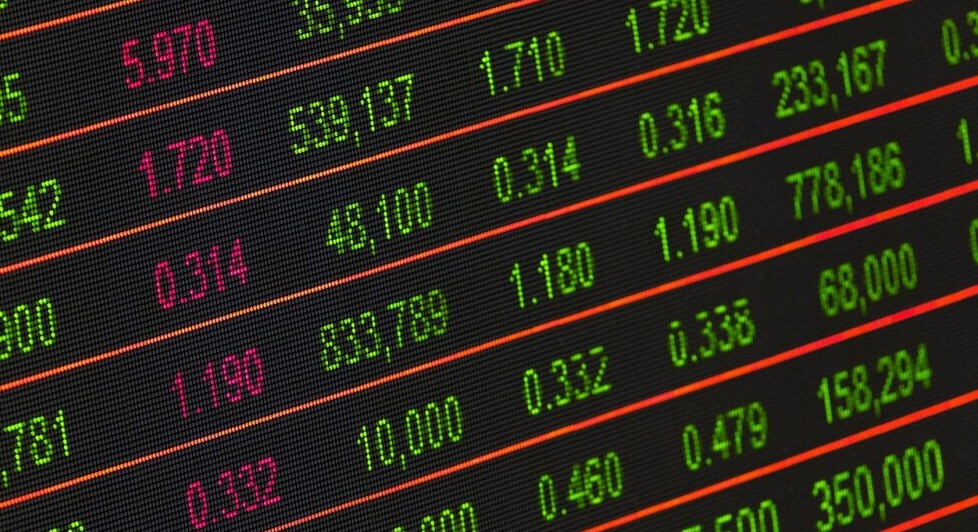How Crypto Market Makers Manipulate Prices
Crypto market makers are pivotal players in the cryptocurrency ecosystem. These people/groups of people (or sometimes sophisticated bots) are there to ensure there’s always somebody on the other side of a trade, providing the necessary liquidity. This basically means they make buying and selling crypto easier by ensuring there are always offers available, preventing big price swings from lack of trading partners.

The process of market making involves constantly quoting both a buy (bid) and a sell (ask) price for a cryptocurrency. When traders see a spread, that’s the difference between these two prices. Market makers profit by capturing this spread. So, when you trade, a market maker’s typically the one providing liquidity, and they keep the market gears turning.
Now, let’s talk about key players. Exchanges often act as market makers themselves or partner with others to keep their markets liquid. Then there are the whales—those with enough crypto to move markets just by making a splash. Automated trading bots are also key in executing thousands of trades in seconds, often acting as market makers by providing price quotes.
Market makers play a crucial role, especially in those moments of market volatility we know all too well in crypto. By ensuring consistent buy and sell options, they help maintain market order. But not all market maker moves are as benign as they seem. Sometimes their actions can distort the market dynamics, creating artificial price shifts. Understanding their function helps investors navigate the complexities of the crypto markets with a bit more confidence.
The Mechanics of Price Manipulation by Market Makers
Crypto market makers can play the market like a game, employing varied tactics that sometimes tiptoe into murky waters. Influencing prices is less about direct control and more about nudging market sentiments in subtle ways.
One common tactic involves manipulating the spread. By widening this spread, market makers can change the market perception of a cryptocurrency’s available price, leading traders to opt for different buys or sells—essentially shaping trading behaviour without outright setting prices themselves.
Another trick in the toolbox is order spoofing—placing large buy or sell orders that they have no intention of fulfilling, only to cancel them before they execute. This creates an illusion of demand or supply imbalance, sparking reactions from other traders that can lead to rapid price movement.
Then we’ve got the whales. These major players can team up with market makers to create or ride artificial volatility waves. For instance, a whale could sell a large amount of crypto, causing panic, and buy it back at a lower price, with market makers gleefully enabling these swings for their own gain.

Finally, looking at examples of past manipulations helps. Take, for instance, certain altcoins that seemed to skyrocket overnight, often found later to have been propped up through coordinated efforts by groups collaborating with market makers.
Understanding these mechanics is crucial. While it’s a game played by big fish, the outcomes trickle down to every trader, affecting decisions and strategies. Being aware of what lies beneath those swift market movements arms you against potential pitfalls.
Do Market Makers Really Control Prices?
Market makers often seem like puppeteers pulling the strings behind our favourite crypto coins. But reality isn’t always so straightforward. While their influence is undeniable, the extent of their control can sometimes get misunderstood.

Market makers don’t set the price; they facilitate the trades that contribute to price discovery. This means they’re not individually deciding where the price should land—rather, they’re smoothing the fluctuations that occur naturally as trades happen.
There’s a bit of a balancing act going on. These players might try to steer the market in a direction that’s beneficial for their own portfolios, but they’re not immune to the broader market dynamics that are led by retail investors, institutional players, and regulatory developments.
Legal and ethical lines are drawn around manipulation, and many market makers operate within these to avoid the scrutiny of regulatory bodies. Yet, the crypto world is still a bit wild west, and grey areas remain, offering room for less ethically inclined market makers to exert more control than they probably should.
It’s wise to keep your eyes peeled. Recognising patterns of manipulation can protect you from making reactionary investment decisions based on movables precisely placed by market makers. This keeps your trading grounded in the reality of market forces, not the illusions crafted by meta-game strategies.
The Implications of Manipulative Practices by Market Makers
Market makers and their fancy footwork in the crypto world come with their drawbacks, especially for the average trader trying to build up their portfolio. These manipulative practices often create an uneven playing field where bigger players might thrive while retail traders find themselves disadvantaged.
When market makers suppress prices, they indirectly set the stage for unease among investors. This often leads to panic selling or hesitant buying, disrupting the natural flow of trading. Imagine thinking a coin is crashing when it’s really just being pushed down by market makers—it could lead to losses or missed opportunities.

This controlled suppression can place a dent in market sentiment and shake investor confidence. Traders might feel like they’re not just battling the market’s natural volatility, but also these artificial hurdles setting paths that don’t truly exist.
On the regulatory front, the crypto space is still evolving. Policing market manipulation isn’t straightforward. Unlike traditional markets, the regulations in crypto can vary widely, adding to the complexities of maintaining fair practices.
But there’s hope. With the rise of decentralised finance (DeFi), market making might see a shift. Decentralised exchanges (DEXs) offer alternative ways to trade, aiming to level the playing field a little. So, keeping an eye on these DeFi developments could provide traders with strategies to navigate or even capitalise on market making activities.
Buy Crypto HERE…
Buy your cold wallet here…
Sign up for further updates
Follow us here on X for regular updates…..
Nothing within this blog constitutes financial advice. We strongly encourage you to conduct your own research (DYOR) before making any investment decisions. Always invest wisely and never invest more than you can afford to lose.
Disclaimer: This page contains affiliate links. If you choose to make a purchase after clicking a link, we may receive a commission at no additional cost to you. Thank you for your support!













4 Responses
Wow thanks for sharing this article. I didn’t know that there were market makers on the crypto market who sole purpose was to make sure that there’s always another person in the other side of the bargain. And it’s a little like arbitrage on the stock market I. my opinion. When I studied finance, people used to say that arbitrageurs were very useful because they helped reach the fair rice of sticks. Don’t you think that it’s the same role for market makers on the crypto market? And do you believe that bots will replace humans in the long run on the crypto markets? Thanks again for teaching me about this topic.
Thank you for your thoughtful comments! We agree that market makers play a crucial role in ensuring liquidity in the crypto market, similar to arbitrageurs in the stock market. They do indeed help in reaching fair prices by facilitating trades. As for bots, while they can enhance efficiency, we believe humans will still play an essential role in strategy and decision-making in the long run. Its worth however, keeping an eye on the evolution of AI!
Thanks for engaging with the topic!
KR
Go Trade Crypto Team
This was a fascinating breakdown of how crypto market makers influence prices! It’s eye-opening to see how tactics like order spoofing and spread manipulation shape market sentiment. While market makers provide essential liquidity, their ability to subtly shift prices raises ethical concerns. Do you think DeFi and decentralized exchanges can truly counteract these manipulative practices in the long run?
Thank you for your thoughtful comment! We appreciate your insights on the influence of market makers. DeFi and decentralised exchanges have the potential to reduce manipulation through transparency and automated protocols. However, achieving complete resistance to such practices will require continuous innovation and vigilance from the community. It’ll be interesting to see how this evolves!
KR
GoTradeCrypto Team